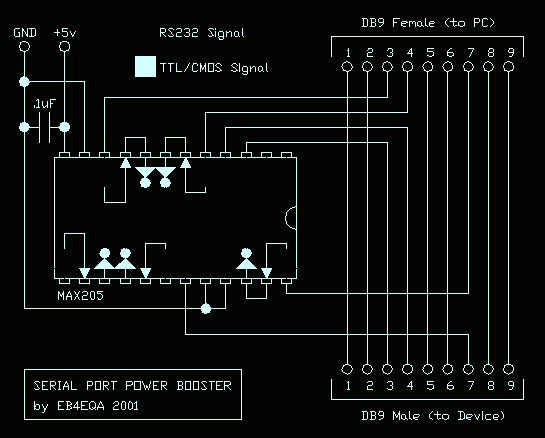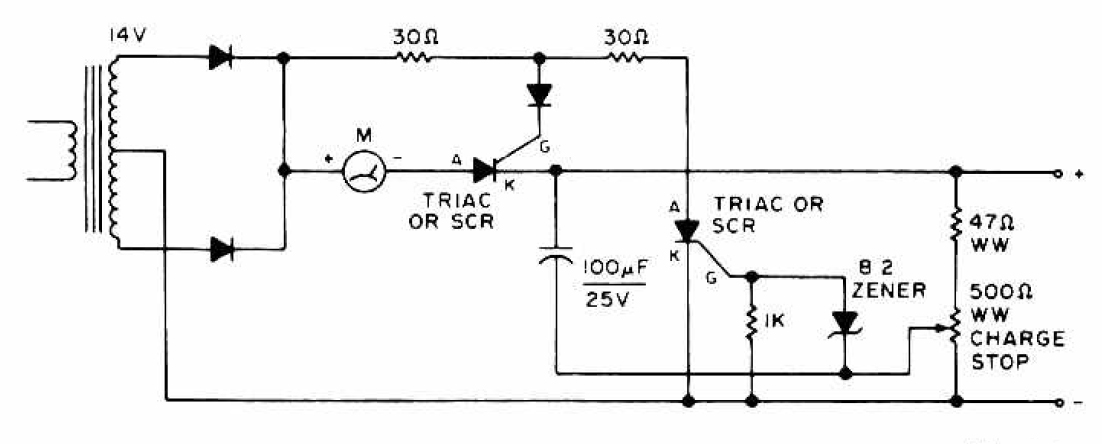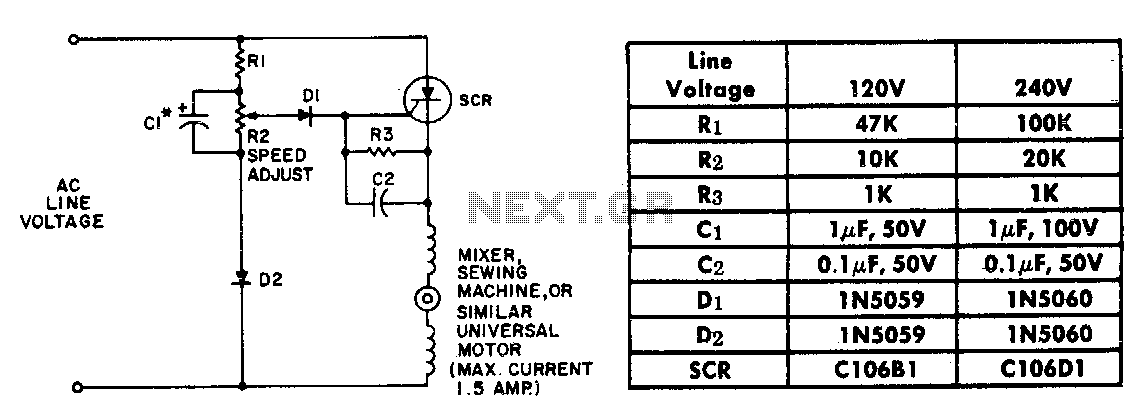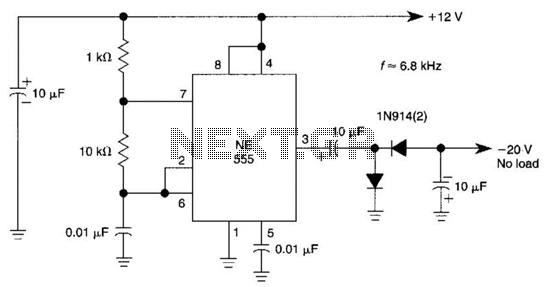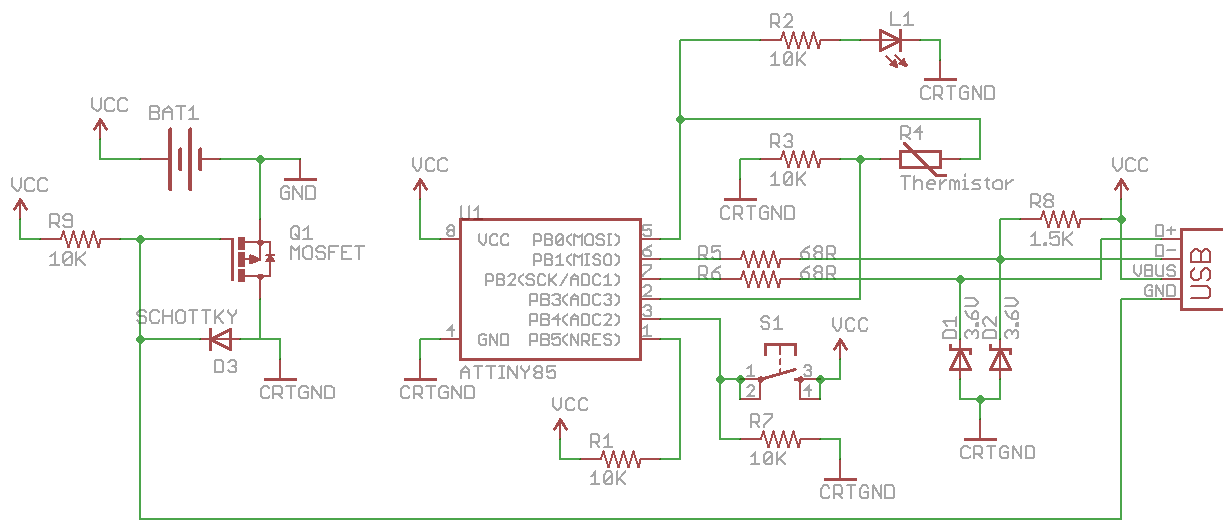
boost Why should I worry about a motor causing my supply voltage to shoot up when the back-EMF cant exceed the supply voltage
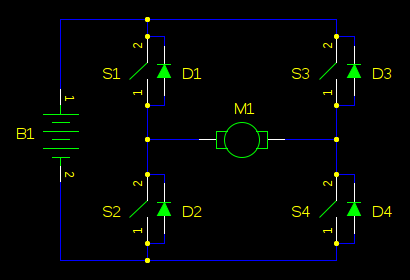
In motor control circuits, precautions must be taken to prevent the motor from feeding back into the power supply, which can cause the supply voltage to rise and potentially damage components. However, unless an external force is accelerating the motor, the back electromotive force (back-EMF) cannot exceed the supply voltage. Therefore, it raises the question of how the supply voltage could ever be driven higher.
Motor control circuits are essential in applications where precise control of motor speed and direction is required. Back-EMF is generated when a motor is in operation, acting as a voltage that opposes the applied supply voltage. This phenomenon occurs due to the motor's inductive nature and is a result of the motor's rotation. When the motor accelerates, the back-EMF increases but remains below the supply voltage under normal operating conditions.
To mitigate the risks associated with back-EMF feedback, several strategies can be employed. One common approach is to use diodes in parallel with the motor windings, known as flyback diodes. These diodes provide a path for the back-EMF to dissipate safely, preventing voltage spikes that could damage the power supply or other components in the circuit.
Another method involves using motor drivers with built-in protection features. These drivers can regulate the voltage and current supplied to the motor, ensuring that any back-EMF generated does not exceed safe levels. Additionally, employing feedback control systems can help maintain the desired motor performance while managing the effects of back-EMF.
In summary, understanding the relationship between back-EMF and supply voltage is critical in designing robust motor control circuits. Implementing protective measures such as flyback diodes and using advanced motor drivers can help safeguard the power supply and enhance the overall reliability of the motor control system.In motor control circuits, one must take precautions to keep the motor from feeding back into the power supply, causing the supply voltage to rise, consequently breaking things. But how can this be Unless some external force is accelerating the motor, the back-EMF can never get higher than the supply voltage.
How then could it ever drive the supply voltage higher 🔗 External reference
Motor control circuits are essential in applications where precise control of motor speed and direction is required. Back-EMF is generated when a motor is in operation, acting as a voltage that opposes the applied supply voltage. This phenomenon occurs due to the motor's inductive nature and is a result of the motor's rotation. When the motor accelerates, the back-EMF increases but remains below the supply voltage under normal operating conditions.
To mitigate the risks associated with back-EMF feedback, several strategies can be employed. One common approach is to use diodes in parallel with the motor windings, known as flyback diodes. These diodes provide a path for the back-EMF to dissipate safely, preventing voltage spikes that could damage the power supply or other components in the circuit.
Another method involves using motor drivers with built-in protection features. These drivers can regulate the voltage and current supplied to the motor, ensuring that any back-EMF generated does not exceed safe levels. Additionally, employing feedback control systems can help maintain the desired motor performance while managing the effects of back-EMF.
In summary, understanding the relationship between back-EMF and supply voltage is critical in designing robust motor control circuits. Implementing protective measures such as flyback diodes and using advanced motor drivers can help safeguard the power supply and enhance the overall reliability of the motor control system.In motor control circuits, one must take precautions to keep the motor from feeding back into the power supply, causing the supply voltage to rise, consequently breaking things. But how can this be Unless some external force is accelerating the motor, the back-EMF can never get higher than the supply voltage.
How then could it ever drive the supply voltage higher 🔗 External reference

